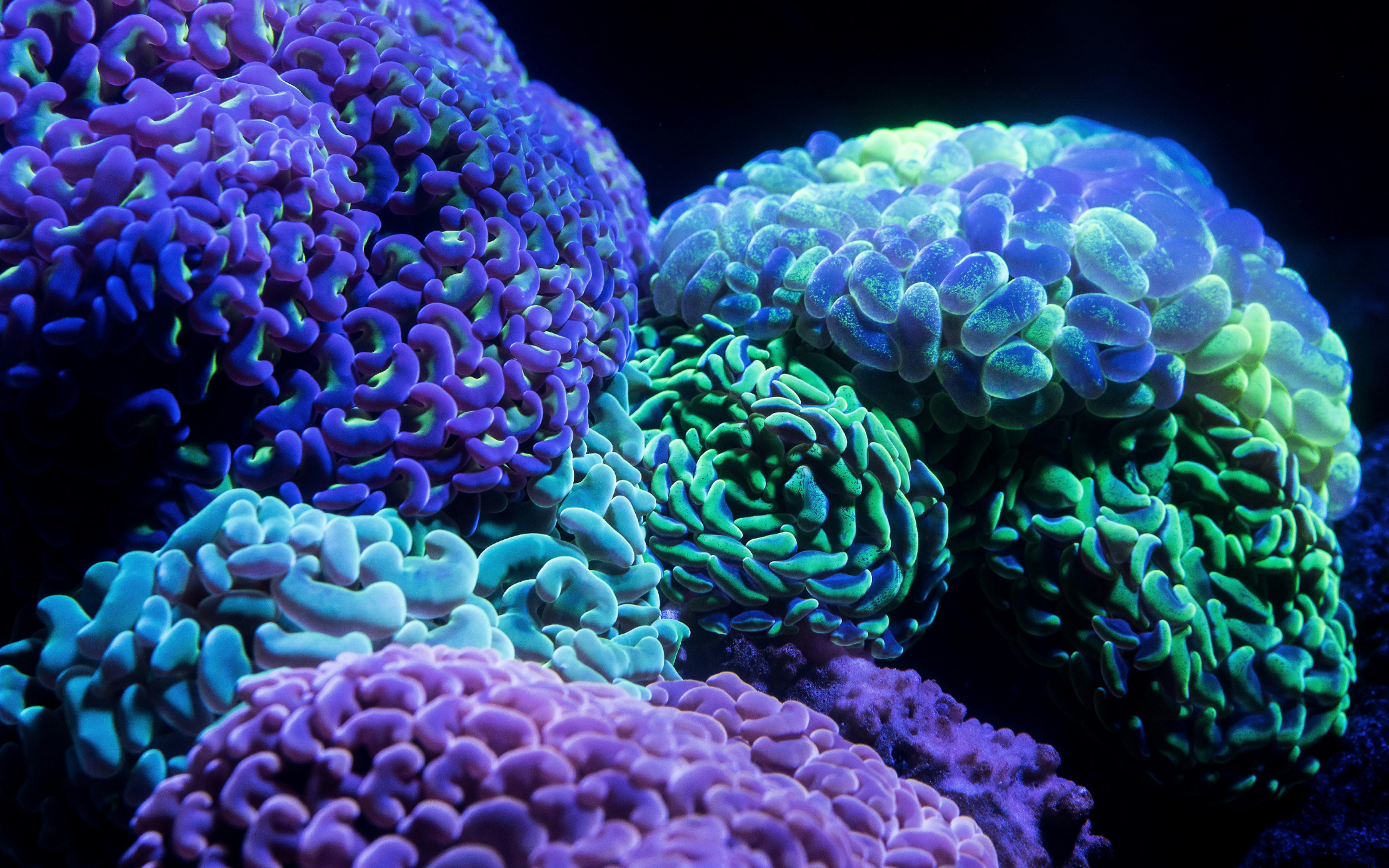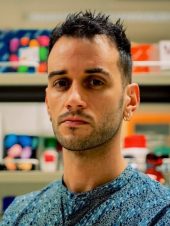When assembling a jet engine, precise instructions are crucial; a single typo in a sentence could lead to catastrophic failure down the line. Likewise, when assembling a living body, a single flaw in our genes—which contain protein-building instructions—can create the defective building blocks behind many cancers, neurological disorders and other challenging diseases.
In search of solutions, scientists are exploring nucleic acid therapeutics (NATs): a broad spectrum of treatments based on the same molecules that make up our genetic instructions. Splice-switching oligonucleotides (SSOs) are a promising group of NATs, being small pieces of chemically-modified ribonucleic acids (RNA) that can bind and remove problematic sections of genes, correcting their encoded instructions.
“However, designing good SSOs and other RNA NATs can be tricky, as they need to bind to the right part of the right gene,” commented Dave Wee and Tommy Tabaglio, respectively a Principal Investigator and Senior Scientist at the A*STAR Institute of Molecular and Cell Biology (A*STAR IMCB).
SSO developers have been experimenting with various artificial chemical modifications to the sugar component of nucleotides—akin to individual ‘letters’ of RNA—located at different positions in SSOs. “Some chemistries are better because they last longer in the body, cause fewer side effects, are more specific, or fix genetic defects more effectively,” Tabaglio added.
To speed SSO development, Wee, Tabaglio and A*STAR IMCB colleagues teamed up with the Icahn School of Medicine at Mount Sinai, US, to create a system that could test the biological potency of hundreds of different SSO chemical formulations quickly, precisely and cheaply. The result was the NAT Unlabelled Reporter Assay (NATURA) platform, which quantifies the cellular uptake and potency of NATs at scale and speed.
To create the platform, the team engineered transgenic human cells to contain an artificial ‘NATURA’ reporter gene that expresses colour- and light-producing proteins from jellyfish, coral and fireflies. They also created a transgenic mouse model carrying the NATURA gene in all cells for confirming assay results in vivo.
“In NATURA cells, when an SSO successfully enters and binds to a target gene, the cells change colours from green to red, or light up like fireflies,” said Tabaglio. “This system allowed us to test hundreds of different SSO chemical combinations in just a few days—a fraction of the time and cost of traditional methods.”
Using NATURA to screen five SSO sequences and four sugar chemistries (2’Ome, 2’MOE, LNA, cET), the team also discovered that a specific chemical combination known as lateral mixed positional configuration—where LNAs are placed at the start of SSO sequences—was up to 10 times more effective than the chemistry used in existing clinically-approved treatments.
“Thanks to NATURA’s discoveries on mixed chemistries, we’ve designed and are testing more effective SSO treatments for urea cycle disorders and other diseases,” said Tabaglio. “We’re also improving the platform with more sensitive protein sensors, and adapting it to RNA therapeutics ecosystems in Singapore and abroad.”
The A*STAR-affiliated researchers contributing to this research are from the A*STAR Institute of Molecular and Cell Biology (A*STAR IMCB).







